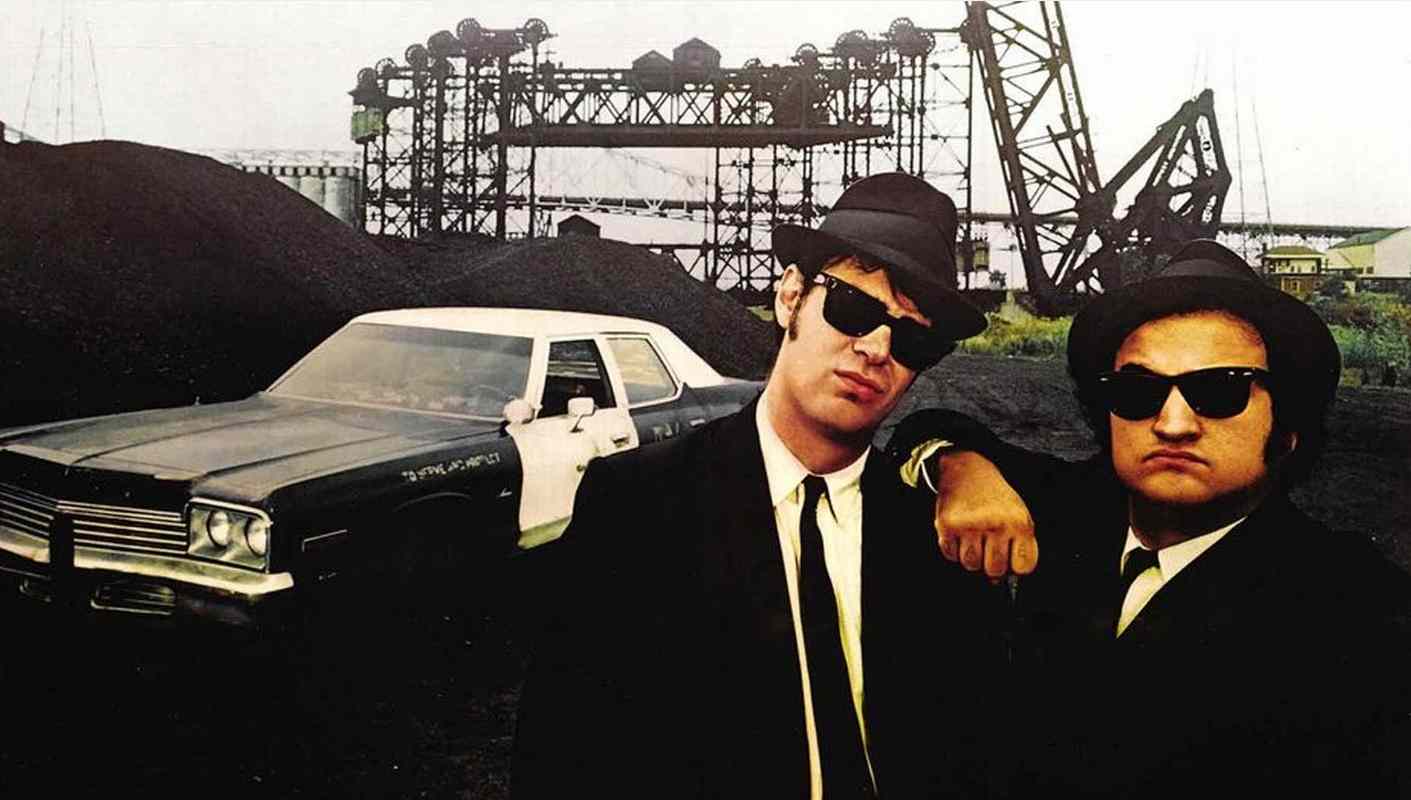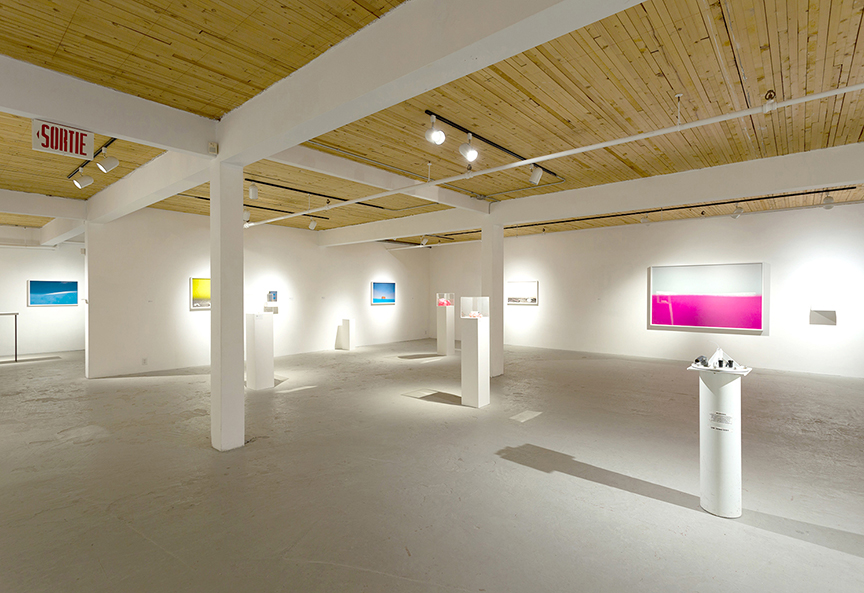
I selected The Blues Brothers because of my love for soul and rhythm and blues music. I grew up listening to “Soul Town” and classic R&B music. The Blue’s Brother’s soundtrack is rich with classic soul music and features the main pioneers of soul and R&B. The movie features some of my favorite artists, Ray Charles and Aretha Franklin. We also get to hear James Brown, Cab Callloway, Chaka Khan, and also John Lee Hooker. Personally, their performances were the best part of the movie. These artists arguably “steal the show,” and rightfully so. I think it is very important that these artists were represented in this film, without them and their music, this film would not exist. We often hear the music of these artists played in films, but very seldom do we get see them perform in the film. The roots of American rock n’ roll music was stolen from black culture. I think blues music is significant because it was the black artist’s “stealing” their music back. The Blues Brothers is important because it shows the same idea. The artists are being showcased because they are the origin of The Blues Brothers, and they deserve all of the credit and the spotlight.
This film is important to me because I think it is one of the few films where these influential artists are truly showcased. We not only get to hear their songs, but we also get to see them be a part of the film. All of the artists have a plot line and truly help aid the story. The movie focuses on the two central characters, Jake and Elwood Blues, who grew up in an orphanage and had a rhythm and blues band. The movie follows them resurrecting their rhythm and blues band to save the orphanage where they grew up. In this process, we get to see great performances by legitimate R&B artists. The musicians that play in their bands are also legitimate R&B artists, that played on my many hit rhythm and blues records. Jake and Elwood are obviously not true rhythm and blues artists and use theatrics and special effects to hold the attention of the audience in an effort to make the movie palatable to a larger audience.
I think it is interesting to see the influence that other genres and musicians have on music. In music everyone is influenced by other people, it is not often people have “original ideas” but rather they are pulling from music or artists they have heard in the past. I think all music is connected, and all musicians are connected, and I think that is why music is able to connect people. This film shows directly how music can connect people together, in the big musical numbers you see people of all ages, shapes, and colors. I think that is the most beautiful part of music, and I am glad it was shown in this film.








